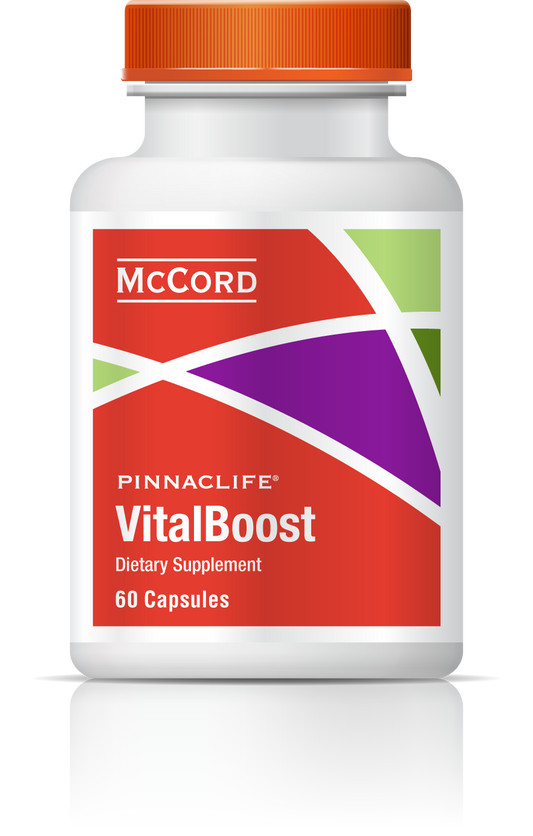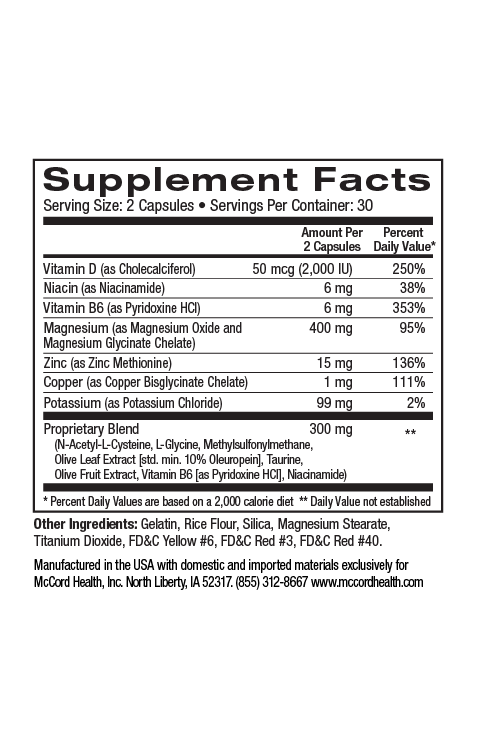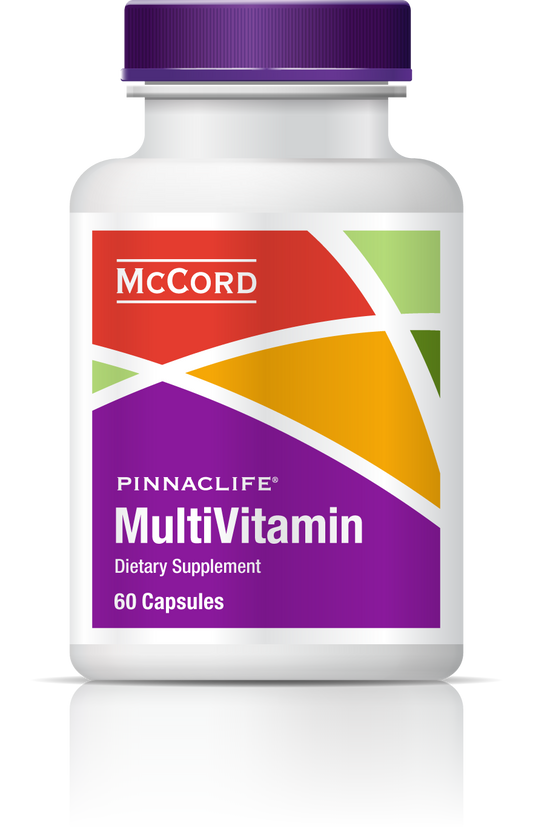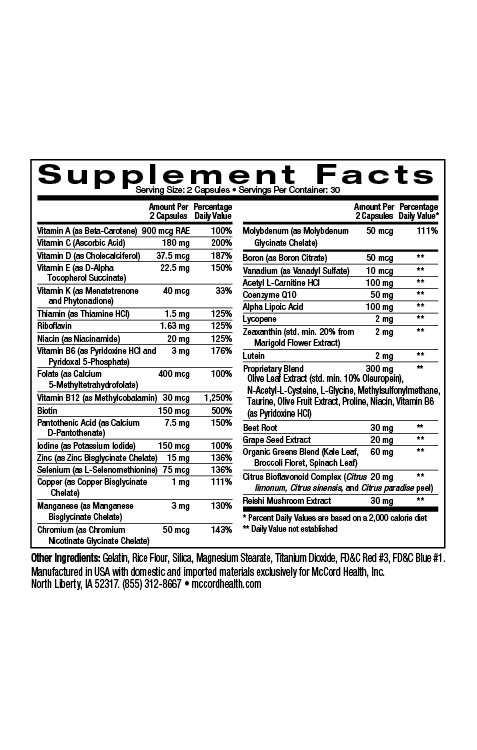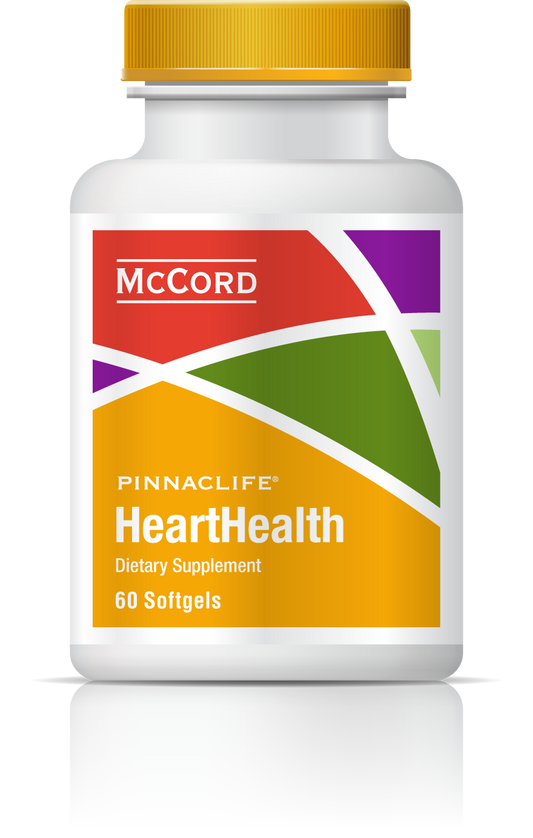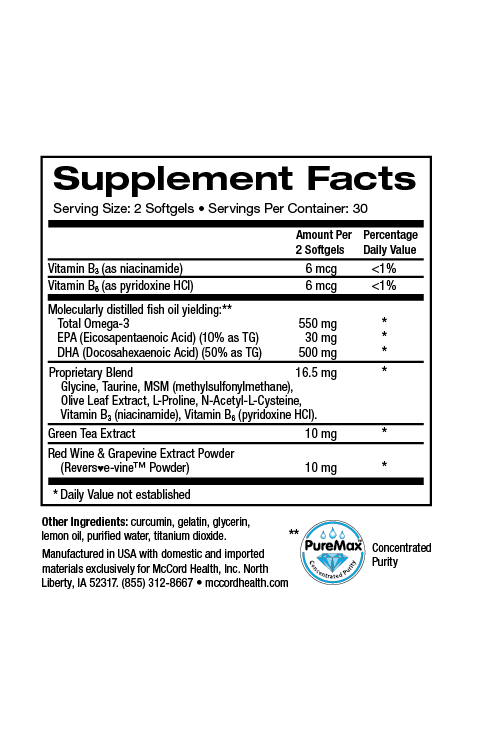The small-molecule technology found in Viniferamine® skin and wound care products delivers penetrating nutrition to epidermal cells to promote skin cell repair and skin renewal.
In fact, Viniferamine® skin and wound care products provide nutrition to the epidermis to strengthen the skin barrier and enhance overall skin health. Small molecules under the molecular weight of 500 daltons are able to pass into the stratum corneum (uppermost layer of the epidermis), which is known as the “500-dalton rule.”
The small nutrient molecules contained in Viniferamine® skin and wound care products that include antioxidants, amino acids and vitamins, enter the skin, reduce excessive transepidermal water loss (TEWL), and scavenge-free radicals to reduce skin damage. Impaired skin nutrition decreases skin integrity and functioning, as well as wound healing capability, by affecting the skin barrier and microvascular and immune systems of skin. Viniferamine® products contain vital skin nutrients that promote skin hydration, collagen synthesis, endothelial function, and wound healing.
Decreasing Inflammation
Irritation and prolonged inflammation can lead to impaired wound healing. Viniferamine® products include certified organic and pharmaceutical-grade ingredients to eliminate the possibility of contaminants, pesticides, or irritants.
All products include highly pure, non-sensitizing ingredients to protect fragile skin, as well as various anti-inflammatory ingredients such as the potent small molecule polyphenols resveratrol, oleuropein, and epigallocatechin-3-gallate (EGCG) from grapes, olives, and green tea, respectively. Other important ingredients include melatonin; L-glutathione; dipotassium glycyrrhizate (from licorice); avenanthramides (from oats), aloe vera, and shea butter — all of which possess anti-inflammatory activities.
Delivery of small molecules across the stratum corneum is complex and requires a delivery vehicle that places the specific molecules in direct proximity to the skin. This is achieved in Viniferamine® skin and wound care products like Renewal Moisturizer, by using a formulation that produces emulsion spheres™ with well-defined outer lipid membranes. The chosen small molecules typically translocate the stratum corneum using the delivery spheres by either the partitioning or diffusion process. Using this small-molecule technology, Viniferamine® products have helped nourish, strengthen, hydrate, and protect fragile skin based on well-researched science supporting the small-molecule approach to skin nutrition and wound healing.
Keeping Skin Hydrated
Other important nutrients in Viniferamine® skin and wound care products, including Renewal Moisturizer, help attract water to skin, as well as help maintain skin hydration.
Water is a critical nutrient for skin. The stratum corneum is biochemically dynamic with a variety of enzyme activities dependent on skin water content. Hydration promotes the desquamation (skin shedding) process and influences the signaling process of cells that includes immune regulation and growth factor expression. When skin is dry, it is more likely to become inflamed and itchy (pruritic), which can lead to wounding. Even when wounding does occur, hydration is important.
In fact, moist wound healing is critical. When blood vessels are damaged, coagulation must occur before healing can begin. If the wound is dry, a scab forms to protect the wound, making it more difficult for cells to migrate underneath to help the wound heal. Optimal healing is centered on regaining the functional integrity of skin as soon as possible. Proper hydration is the single most important factor for optimal wound healing. With the use of Viniferamine® products, wound healing is further promoted by the nutrient polyphenol ingredients, oleuropein, resveratrol, and EGCG. Other ingredients that promote wound healing include L-carnosine, melatonin, L-glutathione, asiaticoside, and aloe vera.
Viniferamine® products contain ingredients that increase skin hydration, including dipotassium glycyrrhizate and aloe vera, both of which promote skin hydration by maintaining levels of the natural skin glycan, hyaluronic acid (HA). HA consists of numerous repeating disaccharide units of glucuronic acid and N-acetylglucosamine. Due to its negative charge and large size, HA has a high capacity for binding water, which greatly enhances skin hydration. In addition, Viniferamine® products include humectants that attract water from the environment and bring it into the skin, including lactic acid and glycerin, which are found naturally in skin.
Providing Mineral Nutrition
Viniferamine® SkinMineralZ includes important mineral nutrients provided by three amazing mineral-rich clays along with a micronized zinc oxide. SkinMineralZ corrects skin mineral deficiencies associated with poor healing and helps remove toxins and contaminants from skin. The minerals found in the three clays contained in SkinMineralZ benefit skin health by participating in important cellular, physiological and enzymatic processes. These minerals include, magnesium, calcium, potassium, copper and selenium. Some minerals provide important metal ions that are critical cofactors for many enzymes. In fact, it’s estimated that one-third of all enzymes require metal ions for activity.
It’s good to know that Viniferamine® skin and wound care products, including Renewal Moisturizer and SkinMineralZ provide penetrating epidermal nutrition to help skin stay healthy. Viniferamine® products include nutrients to strengthen the skin barrier, keep skin hydrated, and promote skin repair and renewal. Many of the ingredients are anti-inflammatory and help decrease irritation and itching that can lead to wounding. Furthermore, many ingredients promote wound healing. All of the ingredients were carefully selected for the highest quality and purity to eliminate the possibility of irritants and contaminants contacting fragile or sensitive skin.
About the author: Nancy Ray, PhD is the Science Officer at McCord Research. Dr. Ray received her PhD in Biochemistry and Biophysics and was a postdoctoral fellow at NIH, Harvard University and Dana-Farber Cancer Institute, and the University of Iowa. She also earned bachelor of science degrees in Chemistry and Microbiology.
References
- Exp Dermatol 2000; 9(3): 165-169.
- J Dent Res 2010; 89(3): 219-229.
- Biomol Ther 2015; 23(3): 207-217.
- Int J Mol Sci 2014; 15(10): 18508-18524.
- Diab Vasc Dis Res 2014; 11(2): 92-102.
- Oxid Med Cell Longev 2012; 2012:560682:1-8. Doi: 10.1155/2012/560682.
- J Pineal Res 2013; 55: 325-356.
- Int J Gen Med 2011; 4: 105-113.
- Evid Based Complement Altern Med 2012; 650514:1-9. Doi: 10.1155/2012/650514.
- Cell J 2014; 16(1): 25-30.
- ISRN Endocrinol 2014; 2014:816307: 1-8.
- J Am Acad Dermatol 2005; 52(6): 1049-1059.
- Surgery 1986; 100 (5): 815-821.
- Ann Plast Surg 2007; 58(4): 449-455.
- Phytother Res 1999; 13(1): 50-54.
- J Ethnopharmacol 1998; 59(3): 179-186.
- J Invest Dermatol 2006; 126: 2607-2613.
- Arch Dermatol Res 2011; 303: 563-572.
- Clin Lab Med 1998; 18: 673-685.
- Derm Res Pract 2014; ID709152, 1-12.
Disclaimer: These statements have not been reviewed by the FDA. The decision to use these products should be discussed with a trusted health care provider. The authors and the publisher of this work have made every effort to use sources believed to be reliable to provide information that is accurate and compatible with the standards generally accepted at the time of publication. The authors and the publisher shall not be liable for any special, consequential, or exemplary damages resulting, in whole or in part, from the readers’ use of, or reliance on, the information contained in this article. The publisher has no responsibility for the persistence or accuracy of URLs for external or third party Internet websites referred to in this publication and does not guarantee that any content on such websites is, or will remain, accurate or appropriate.
